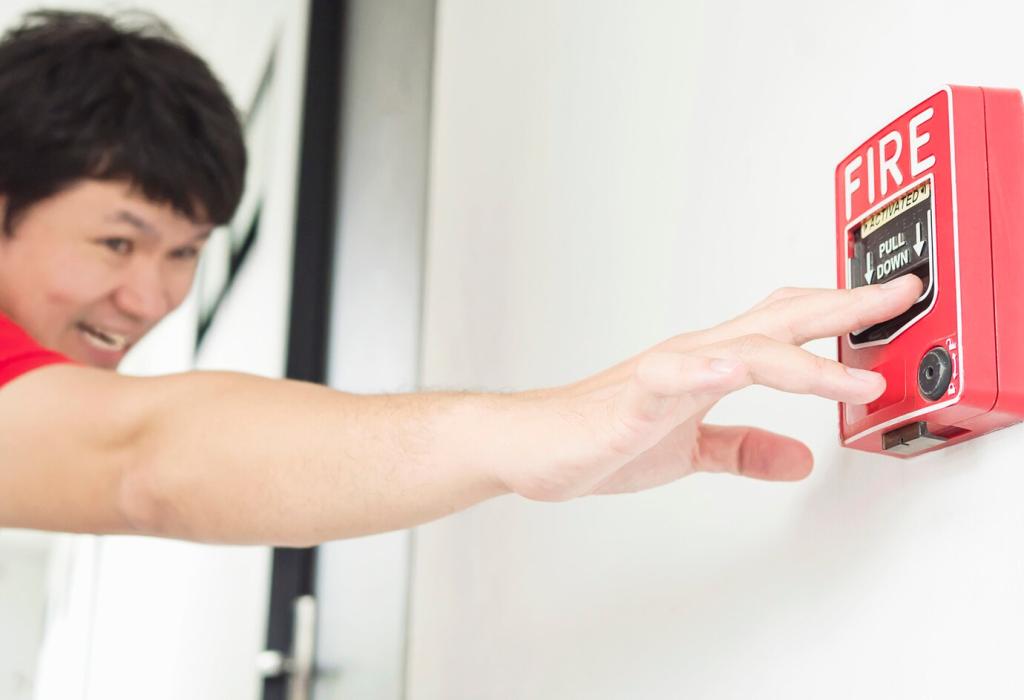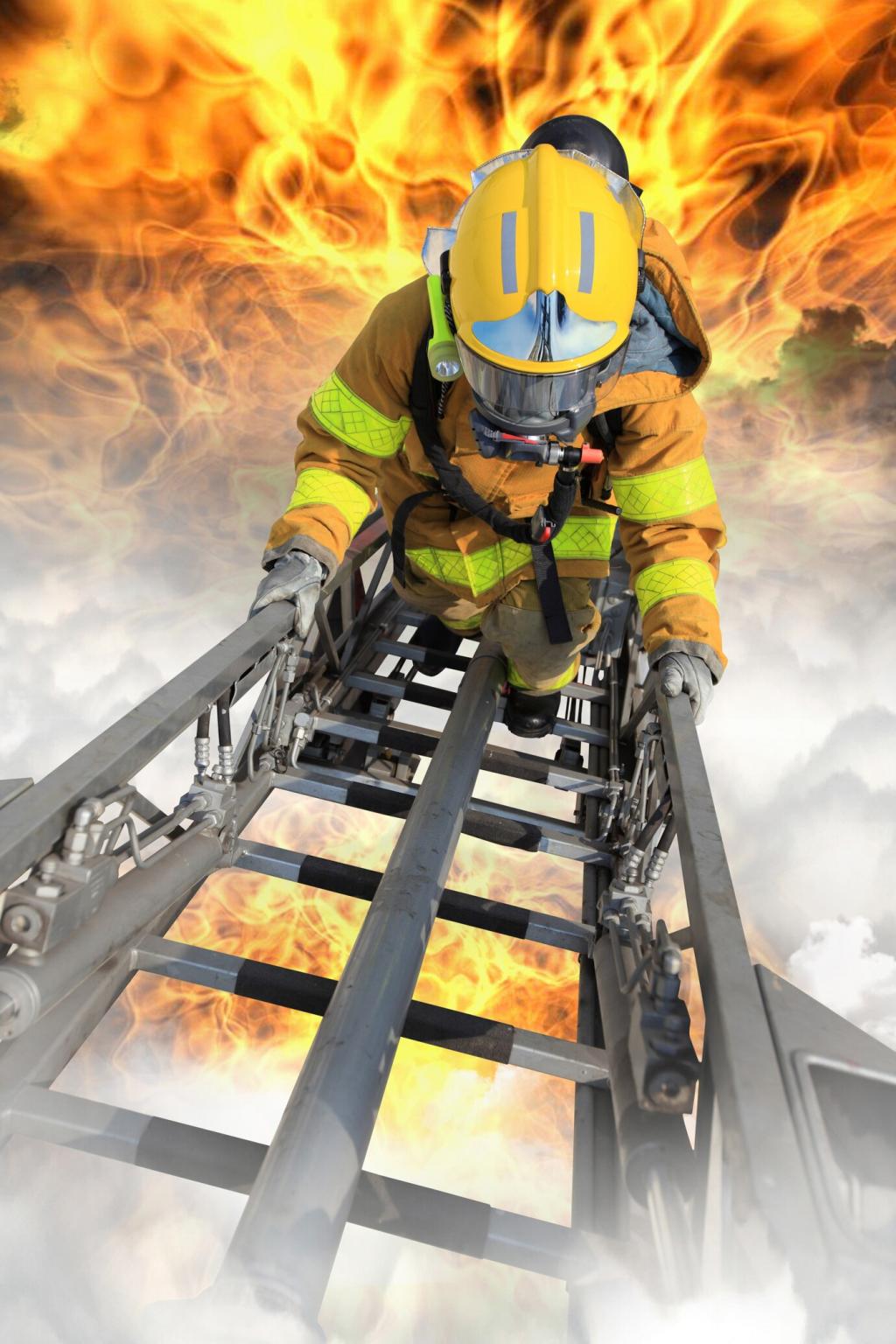Fire-Resistant Plant Species and Landscaping: Beauty That Helps Slow Flames
Chosen theme: Fire-Resistant Plant Species and Landscaping. Discover how thoughtful plant choices, smart layout, and year-round care create safer, more resilient gardens without sacrificing style. Join our community, ask questions, and subscribe for practical ideas tailored to your climate.

How Fire Moves Through a Yard
Most home ignitions in wildfires start from wind-borne embers. They land in receptive fuel like dry mulch, debris, or thatch. Designing ember-resistant zones with clean surfaces, moist groundcovers, and noncombustible materials denies those sparks the chance to feast.
Traits to prioritize for resilience
Look for succulent or fleshy leaves, low volatile oils, and tidy growth that sheds minimal dry material. Species that stay green through summer and accept regular irrigation typically resist ignition better. Maintenance matters as much as genetics—trim, water, and clean regularly.
Species spotlights across climates
Arid zones often favor aloe, agave, and ice plant. Temperate gardens lean on bergenia, daylily, yarrow, and hardy ferns. Coastal sites benefit from well-irrigated sedums and evergreen groundcovers. Share your zone and we’ll help refine a local, fire-conscious shortlist.
Plants to reconsider near structures
Avoid resinous, oily, or very fine-textured plants right against buildings, including unmanaged ornamental grasses, junipers, and eucalyptus. If you love their look, place them farther out, break up continuity with hardscape, and commit to strict seasonal maintenance.
The 0–5 foot ember-resistant zone
Keep this most critical zone simple and clean. Favor gravel, pavers, and irrigated, low-profile groundcovers like sedums away from direct siding contact. Store cushions and wood elsewhere. This subtle buffer dramatically reduces ember ignition near vulnerable edges and vents.
Smart layering from 5–30 feet
Stagger plants with vertical and horizontal separation to prevent flames from laddering upward. Combine small, well-watered shrubs with pathways and rock accents. Use shrubs with moist foliage and limit continuous fuel runs, guiding fire behavior to slow, cool, and break apart.
Hardscape as living firebreaks
Paths, courtyards, retaining walls, and water features add beauty while interrupting fuel continuity. A decomposed granite walkway or a low stone wall can redirect heat and embers. Share photos of your hardscape, and we’ll help weave in plantings that complement safety.
Water, Soil, and Mulch Choices That Matter
Use efficient drip lines to maintain steady moisture in root zones, with deep, less frequent cycles that build resilience. Smart controllers adjust to heat waves. During red flag periods, verify coverage and repair leaks so plants keep their critical moisture buffer.
Water, Soil, and Mulch Choices That Matter
Avoid shredded bark, pine needles, and rubber mulch close to buildings. Choose gravel, rock, or decomposed granite in the first five feet. Beyond that, well-composted mulch is acceptable if maintained thin, moist, and frequently cleared of leaf litter and debris.
Water, Soil, and Mulch Choices That Matter
Organic matter improves water retention and plant vigor, which raises foliage moisture and lowers ignition potential. Compost, aeration, and appropriate fertilization build toughness. Share a quick soil snapshot—texture, drainage, pH—and we’ll suggest steps to boost resilience.

This is the heading
Lorem ipsum dolor sit amet, consectetur adipiscing elit. Ut elit tellus, luctus nec ullamcorper mattis, pulvinar dapibus leo.

This is the heading
Lorem ipsum dolor sit amet, consectetur adipiscing elit. Ut elit tellus, luctus nec ullamcorper mattis, pulvinar dapibus leo.

A Story: When Succulents Slowed a Fence Fire
A blown ember landed in a weedy strip beside a wooden fence. Dry litter flashed first, but flames met a band of irrigated aloes and sedums. Their fleshy leaves sizzled instead of igniting, knocking the intensity down a notch.
Get Involved: Neighbors, Maps, and Ongoing Learning
Agree on a shared list of fire-resistant plants for curb strips and shared borders. Consistency reduces continuous fuel and creates a recognizable neighborhood identity. Post your draft palette and we’ll help edit it for diversity, habitat value, and maintenance.

